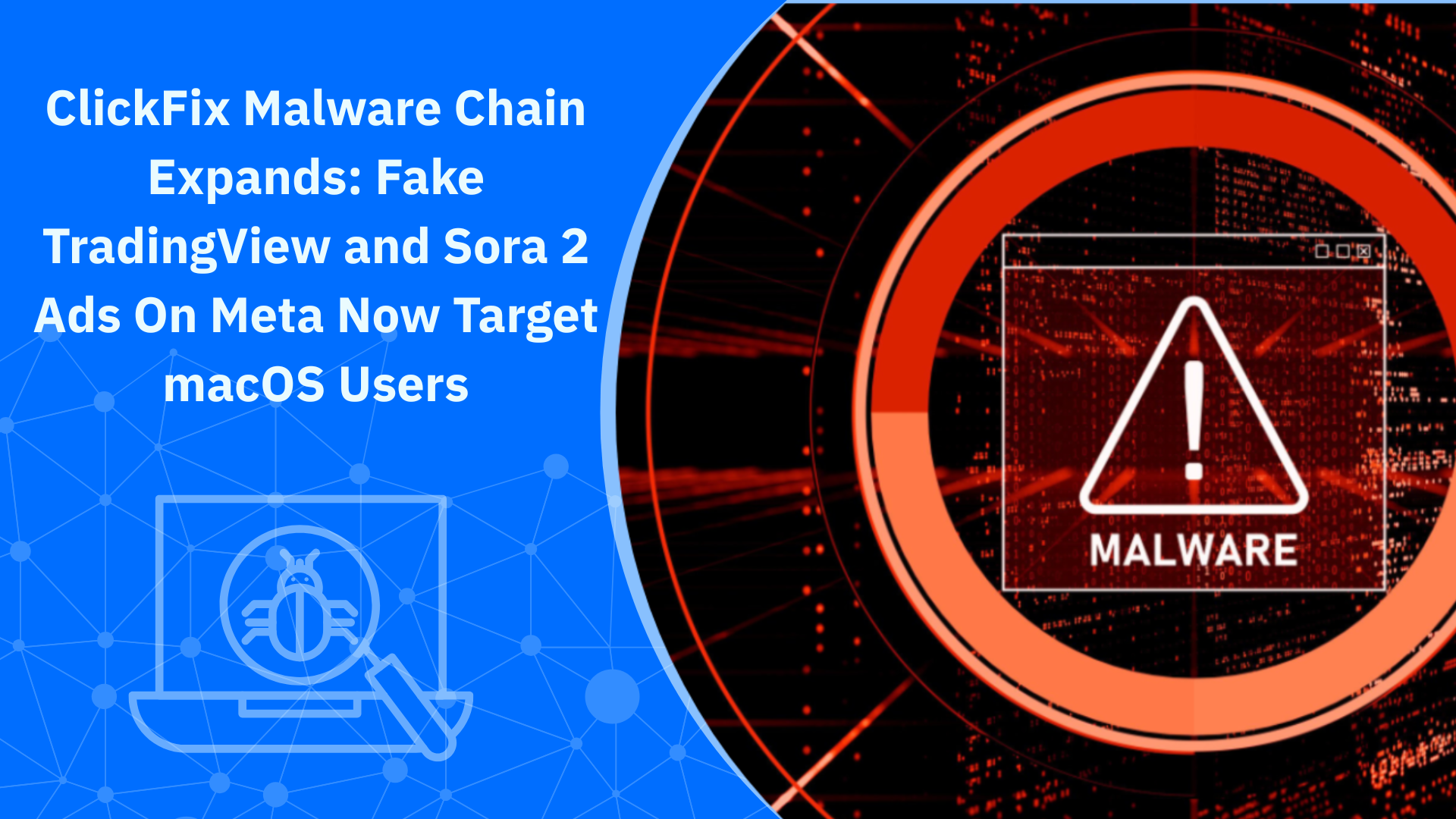Malware Masquerading as Games: The New Frontier of Gaming Scams
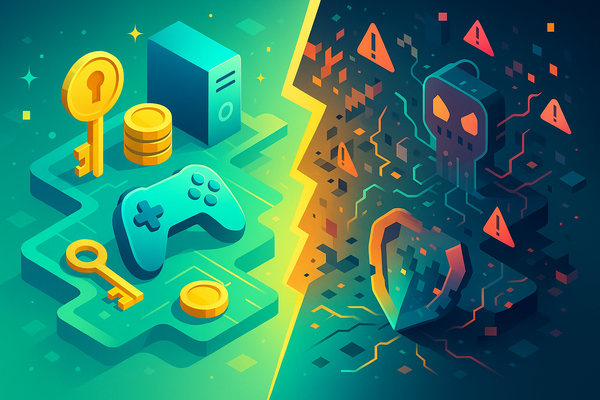
Gamers are nothing if not a curious bunch – they always look for new releases and download mods to enhance old favorites. And if we also include indie games, the recipe for a potent and extremely dangerous attack vector is ripe for the taking.
Like any other consumer group, gamers have their weakness. They can’t be targeted with the same messages, but the same motivations apply. It might be curiosity, urgency, punishment, a prize, or all of the above.
Criminals tend to target casual gamers or streamers who are eager to showcase something fresh. Anyone who connects payment systems or crypto wallets to their gaming accounts is a target. Cybercriminals sometimes use the same formula across Discord, Twitch, and Steam – disguise malware as a game, then wait for someone to install it.
What Is Happening?
Attackers try to integrate malware in games, demos, or mods that appear legitimate. In some situations, the game might be real, but it comes with a fresh slice of malware.
These files look safe, but they are designed to run code that steals credentials, drains cryptocurrency wallets, or takes over accounts.
In some cases, attackers slip the malware into an update after release so it’s not suspicious from the get-go. Other times, they redirect players off a storefront to an external download that evades platform checks.
This is, of course, a major red flag and a strategy often used in scams, in which victims are encouraged to move to another platform under the guise of a clever excuse. The goal is to make it more difficult for the original platform to catch on.
The danger also comes from familiarity. Gamers might see a friend recommending a new indie project, a streamer showcasing a title, or a storefront listing with “very positive” reviews. That trust helps attackers lower defenses, and the victim only has to install the content.
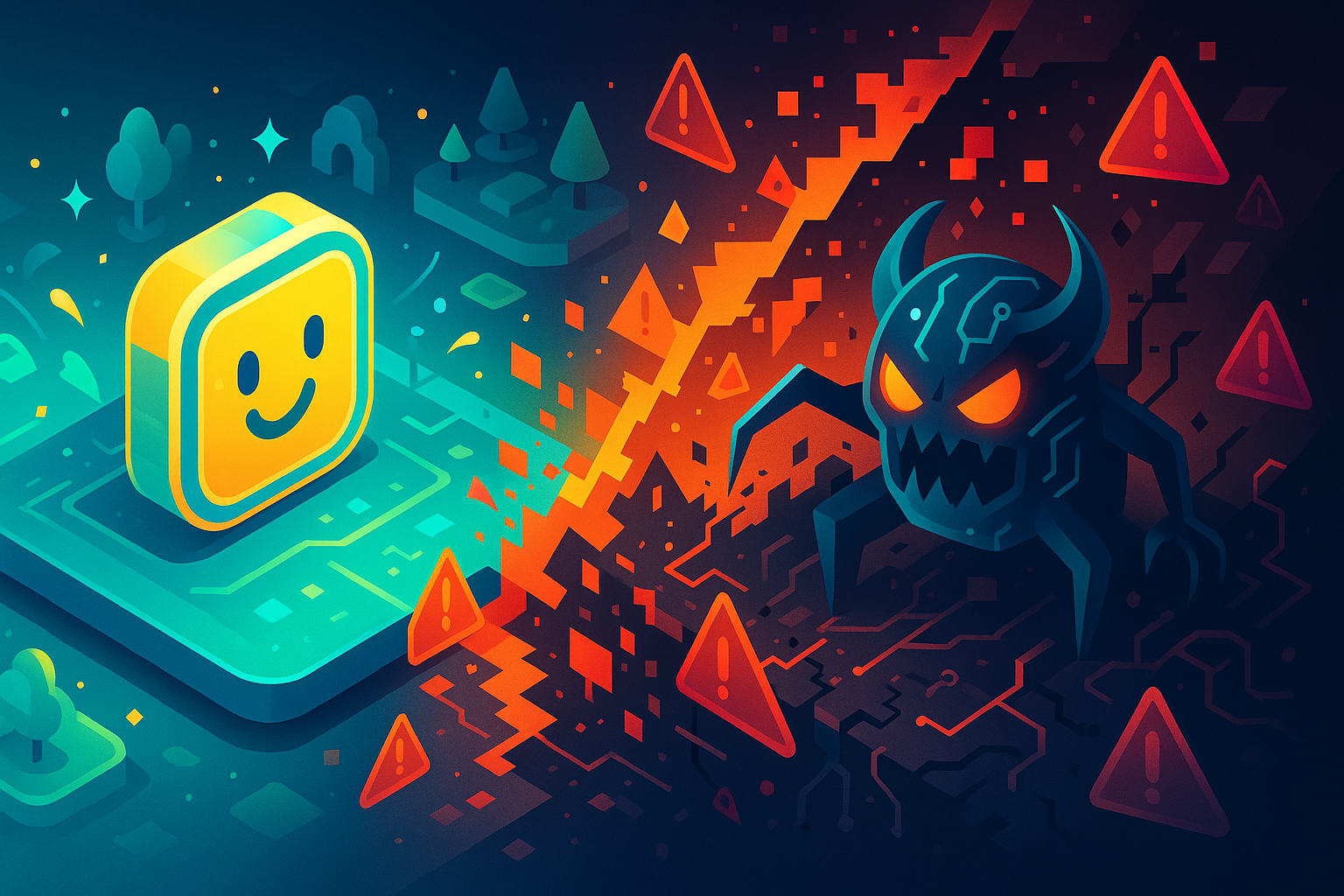
When Do These Scams Strike?
Ttackers can time their campaigns for maximum effect, and new content could appear during major launches, when hype makes “early access” invites much more believable.
They target streamers looking for new titles to boost their channels, and they craft a sense of urgency with promises like “limited keys” or “exclusive playtest.” That pressure pushes gamers to act before verifying the source.
Streamers are not the only victims, of course. Regular players who just want to try something new are as exposed as everyone else.
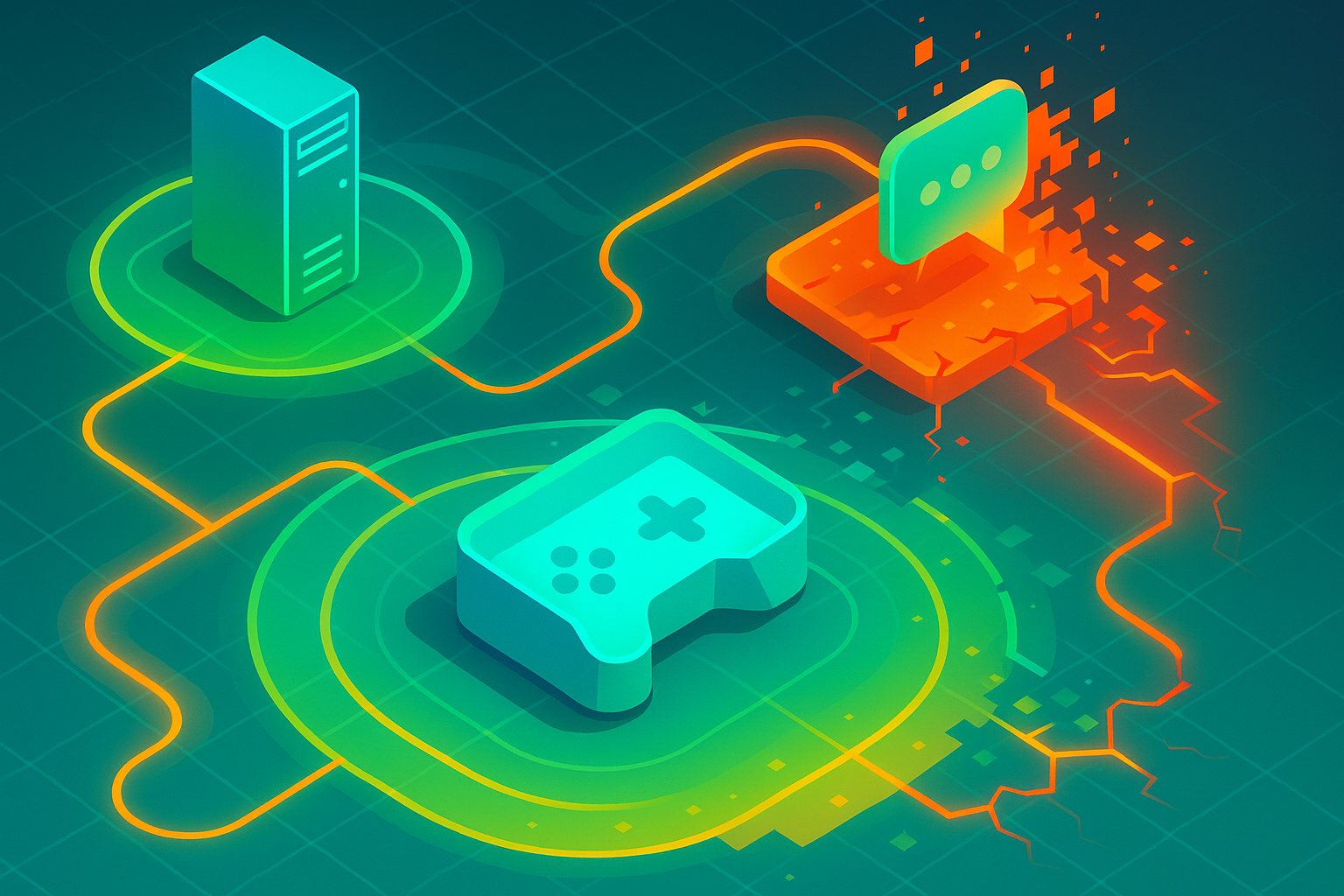
Where Do These Attacks Happen?
The attacks span both official storefronts and via communities. On Steam, malicious titles have slipped through, over the years, as demos, Early Access projects, and free platformers that overpromised. Reviews and inflated ratings sometimes gave them legitimacy until Valve stepped in.
On Discord and Telegram, attackers rely on social engineering. They compromise accounts, then send “beta builds” or “try my game” messages to friends. Victims are much more likely to trust the sender, install the file, and extend the scam’s reach.
Unfortunately, places and communities designed to foster discovery can serve as launchpads for cyberthreats.
Why Are Gamers at Risk?
Gamers share habits that attackers can count on. They download quickly, connect accounts to wallets and payment systems. They also rely on communities where a message from a friend is often valued.
Bitdefender researchers highlight how attackers weaponize the gaming community’s enthusiasm to test new titles and share experiences.

Relevant examples
BlockBlasters (2025)
A free platformer on Steam gained a lot of attention as a quirky indie title. Weeks later, an update added a cryptodrainer that stole more than $150,000 in cryptocurrency from unsuspecting victims. Later reports unveiled that attackers also reached out to streamers with sponsorship offers, expanding the campaign’s reach before Valve removed the game.
Sniper: Phantom’s Resolution (2025)
This game used a Steam page for visibility but hosted its demo externally. Players who downloaded it found info-stealing malware inside the installer. Valve delisted the game after users flagged the issue, but the case showed how attackers exploited the storefront to redirect victims to an external source.
Chemia (2024/2025)
Chemia appeared to be yet another survival game in Early Access, inviting users to request playtest access. Investigations tied the build to three malware families that stole data and opened backdoors for future infections. Despite the professional-looking listing, the “studio” behind it had no credible footprint.
Fracturiser in Minecraft Mods (2023)
A malware strain called Fracturiser spread through popular Minecraft mods and modpacks. Communities quickly urged players to stop updating until maintainers cleaned the repositories. In this situation, the incident was only possible because the original developers of the mod had their repositories compromised, which allowed criminals to upload malware via new versions.

The Impact on Gamers
These attacks create three main problems:
Account takeovers. Attackers steal login credentials and browser cookies to impersonate victims. They hijack official accounts, change credentials, and use the victim’s profile to target more people.
Financial loss. When players link wallets or payment methods, cryptodrainers and stealers drain funds instantly. In one BlockBlasters case, a streamer lost money raised for medical treatment, proving that the fallout can extend beyond games.
Erosion of trust. Fake reviews, inflated ratings, and creator promotions give legitimacy to dangerous games. Each new incident chips away at trust in official platforms, leaving players unsure what they can safely download.
Common Patterns to Watch For
Across these incidents, the same telltale signs keep showing up:
- The game directs players off-platform to grab the actual file
- The project has suspiciously uniform reviews that sound more like filler than feedback
- The listed studio or developer leaves or has no real online presence
- The malware hides in mods, cheats or trainers that promise extra features
- The pitch includes urgency, “limited time,” “exclusive access,” or “final day to join”
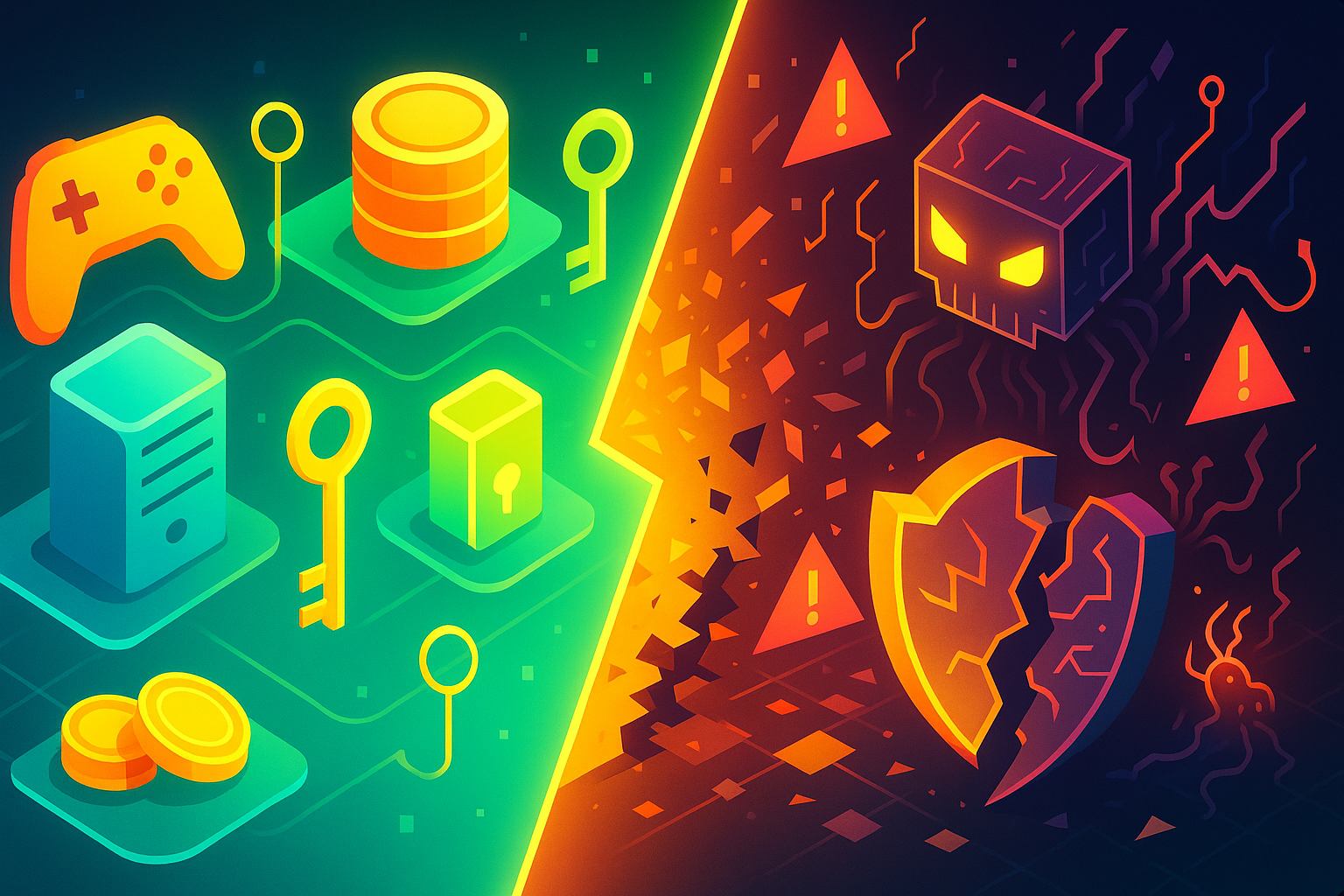
How Can Gamers Protect Themselves?
Protection requires a mix of skepticism and preparation:
- Download only from official pages: verify that the link leads to the real publisher, not a clone.
- Avoid game files sent through private messages: no serious studio distributes betas via random Discord DMs.
- Use two-factor authentication (2FA) on Steam, Epic and console accounts.
- Check reviews critically: malicious games often inflate their profiles with suspiciously uniform positive feedback. No game is perfect.
- Educate younger players: children and teens are more likely to fall for the lure of “exclusive access.”
- Use dedicated security solutions: it’s never enough to use the default security in operating systems. A dedicated security solution designed to stop even the newest and emerging threats, with gaming in mind – such as Bitdefender Ultimate Security – is the way to go.
Conclusion
Malware disguised as games has evolved into a steady threat. Attackers use storefronts, mods, and community-driven apps and spaces to deliver files that look fun but steal data, money or both.
The scams are not going away. The attackers will adapt. Players who approach every unsolicited demo, mod or beta key with caution stand a better chance of staying safe. Treat every download with care.
That mindset, more than any single tool, gives gamers the best chance to avoid becoming the next case study. And always use a dedicated security solution, especially when gaming.
tags
Author
Silviu is a seasoned writer who followed the technology world for almost two decades, covering topics ranging from software to hardware and everything in between.
View all postsRight now Top posts
Scammers Exploit Hype Around Starbucks Bearista Cup to Steal Data and Money, Bitdefender Antispam Lab Warns
November 18, 2025
Scam Alert: Fake Sephora Advent Calendar Ads and WhatsApp Messages Flood Europe in 2025
November 17, 2025
ClickFix Malware Chain Expands: Fake TradingView and Sora 2 Ads On Meta Now Target macOS Users
November 17, 2025
Online Safety Challenge: A Week of Cyber Tasks for Families
October 27, 2025
FOLLOW US ON SOCIAL MEDIA
You might also like
Bookmarks



